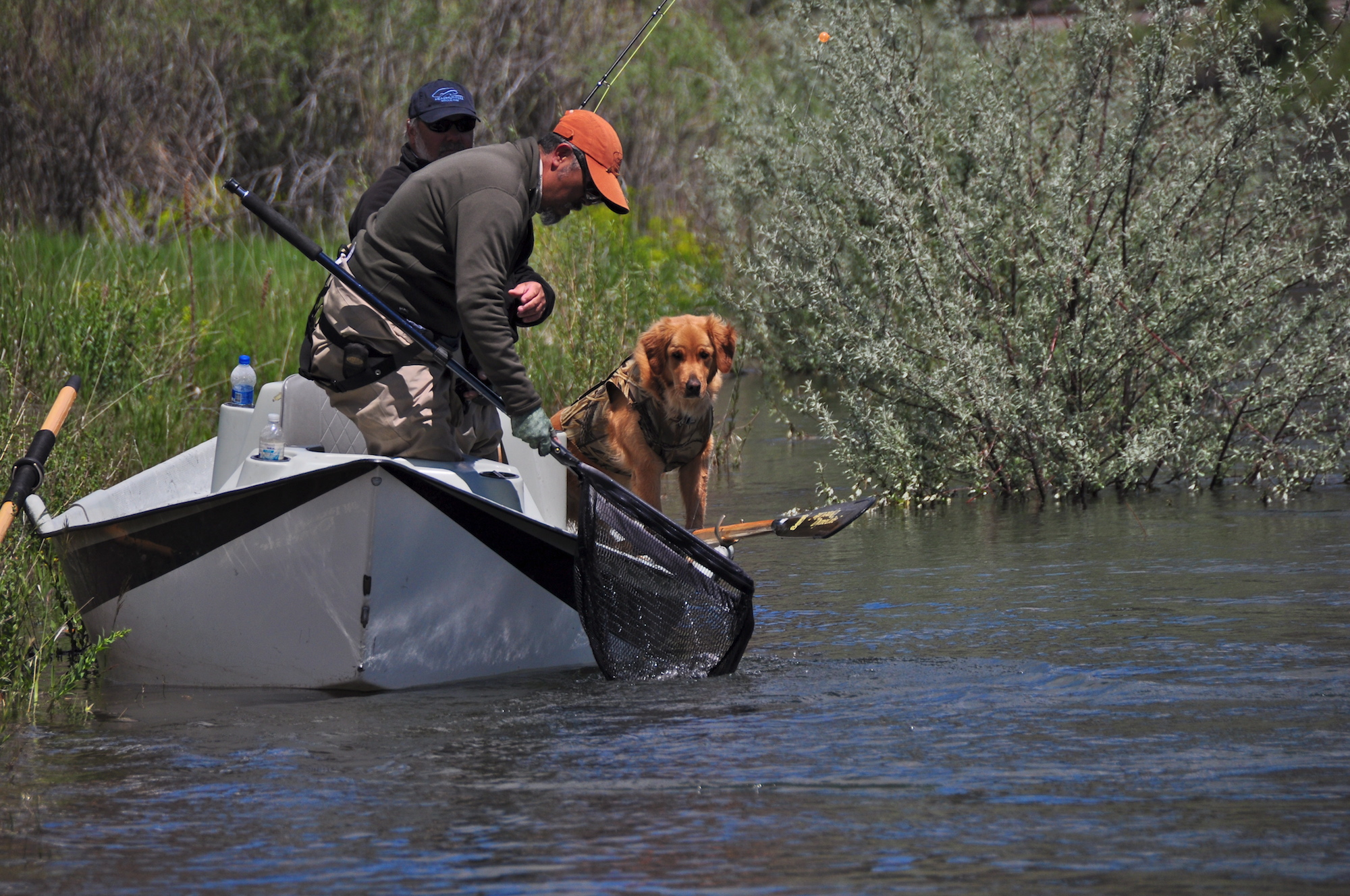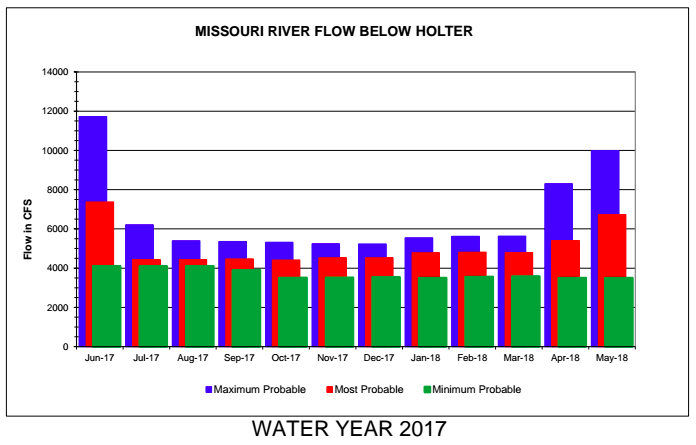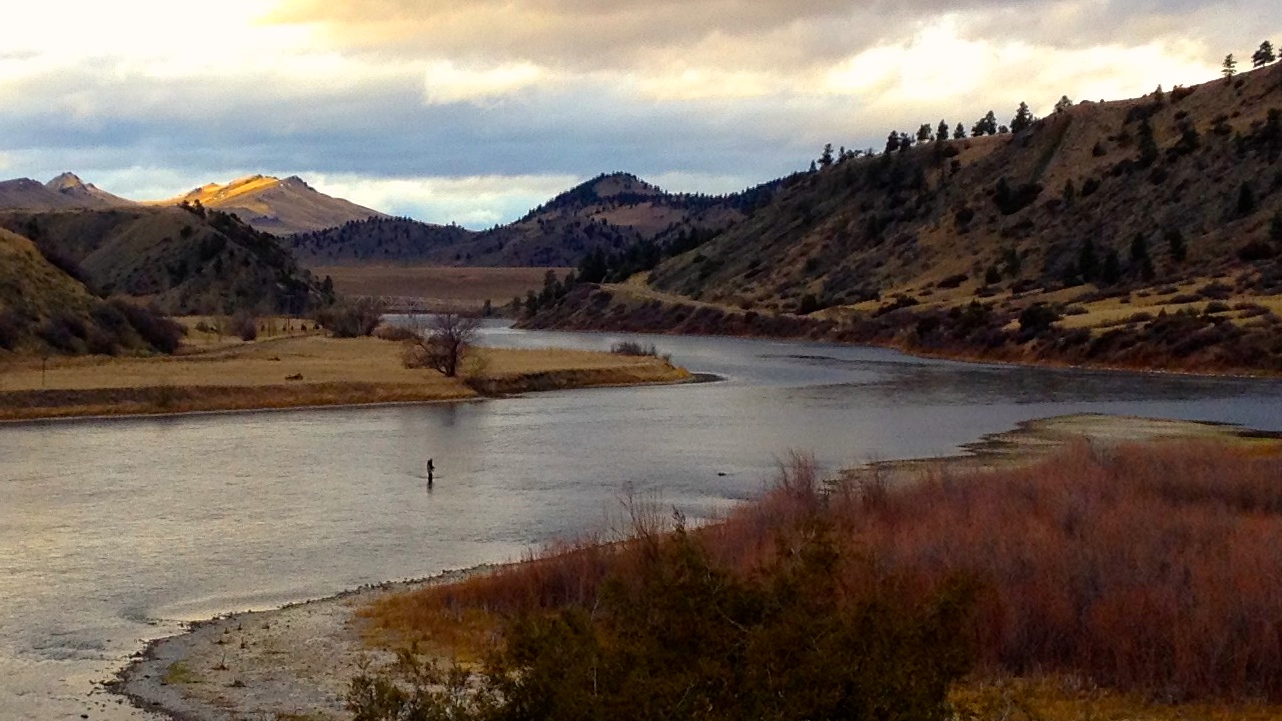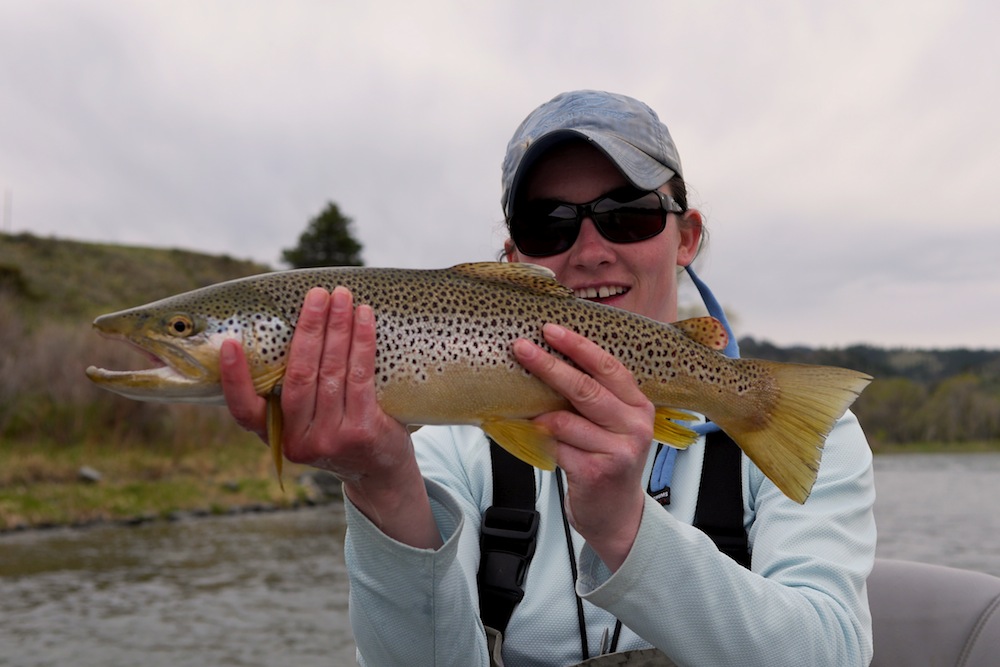[vc_row][vc_column][vc_column_text]After several years of threatening to do so, a few of our guides – myself included – are switching from store bought plastic water bottles to other methods of transporting and distributing water to our guests. Most guides I know hate the garbage produced by the hundreds of plastic bottles they throw away each year. Costa, Orvis, Fishpond, Patagonia, Yeti and others have directed both consumer and guide “kick plastic” campaigns over the years. Everyone nods in agreement during the presentation, and agrees to switch to “hard” water bottles in the future. But few do.
I do know a few outfitters who provide water and water bottles for their guests, including our friends at the North Fork Crossing Lodge on the Blackfoot. And I suppose outfitters in remote camps in Alaska and Russia have no choice. But by and large, most fishing guides buy dozens of the inexpensive bottled water “flats” you can find in every grocery store and gas station from Forks to Key West. It’s frightening to think of the volume of plastic garbage the fishing industry contributes to Mother Earth each year.
I checked out Ban The Bottle to get a few numbers, and read that the average American throws away 167 water bottles each years. Scary for sure, but I’ll bet some guides come close to that each week during hot weather in July and August!
So, as part of my return to guiding this year, I promised myself I would finally “kick plastic”. Which prompted both agreement and discussion among our guide staff on how to implement that. The two big hurdles for most guides include:
- Bottled water is cheap. Probably the smallest daily expenditure for guides. Right behind spit shot.
- Customers don’t trust us or our water bottles.
Having guiding for long enough that I don’t really care what my guests opinions of my water bottles are (or much else), I decided to give it a whirl. I did a little research, and combined with my own experience decided on the following 32oz Nathan water bottle for guests in my boat. I purchased a bunch of these in “paired” colors so each dude can have a couple of the same color.[/vc_column_text][us_image image=”27455″ align=”center”][vc_column_text]The first day I broke these out – with a brief explanation as to why they weren’t being served Albertson’s bottled water – I got 1 “good for you” and 1 sideways glance as the customer hesitantly took a sip. That has more or less continued. I’m probably batting just above .500 when it comes to approval/disapproval. Quite a few have asked if it’s “safe to drink from” (seriously?) while others could care less. They’re thirsty.
I understand why anglers who’ve hung around guides for any length of time would be suspect. Guides are not the cleanest creatures. Dirty boats, trucks, waders, coolers and clothes are all part of the package.
But I don’t know many guides who would intentionally hand a client a “used” water bottle from the day before. But I do know a few…
So I am carefully washing mine in our high temperature dishwasher each time they go in the cooler, whether they were used or not. After being washed they are immediately filled and put in the “drinks only” refrigerator at our house. One reason I chose these Nathan bottles is that they have a removable silicone mouthpiece that can be sterilized separately.[/vc_column_text][us_grid columns=”2″ post_type=”attachment” items_quantity=”” images=”27458,27456″ orderby=”post__in” items_gap=”” items_layout=”gallery_default” img_size=”us_600_600_crop” overriding_link=”popup_post_image” breakpoint_1_cols=”2″ breakpoint_2_width=”768px” breakpoint_3_width=”480px” breakpoint_2_cols=”4″ breakpoint_3_cols=”2″][vc_column_text]
So that’s my program, and some of our other guides are doing it differently. Some are sticking to the bottled water from the store. Some are using paper cups and water tanks. Some believe stainless cleans better. Some clients only drink beer anyhow!
My single biggest concern is not that a guest will disapprove, but that they won’t drink enough water during the course of the day.
BRING YOUR OWN WATER BOTTLE!
If drinking out of a clean water bottle that has been used before scares you, then we suggest you bring your own water bottles on a guided trip (at least 2 x 32oz). Even if your guide is carrying store bought water you will be reducing the amount of plastic waster that your boat produces. And if your guide doesn’t care about the environment, you will at least be saving him 2 or 3 bucks. Believe it or not, you can also buy a water bottle in our shop!
Note: This blog post is available as a live and loud version from our shop manager and kick plastic queen Sara Roholt. [/vc_column_text][/vc_column][/vc_row]




